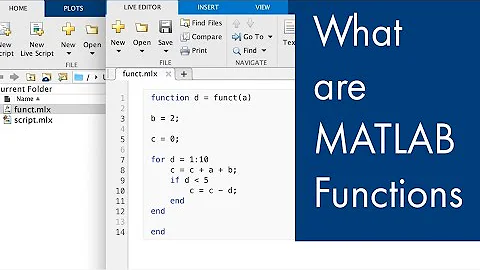Before discussing parameters, we first need to understand what are parameters? The
parameter, also called a parameter variable, is a variable. When we study the current problem, we are concerned about the changes in certain variables and the relationship between them. One or some of them are called independent variables , and another or others are called dependent variables. If we introduce one or some additional variables to describe the changes of the independent variable and the dependent variable, the introduced variables are not the variables that must be studied in the current problem. We call such variables parameters or parameters. English name: Parameters.
As we have said before, a major theme of statistical research is "using samples to scientifically infer the whole". Generally speaking, in most cases, the "whole" cannot be censused due to various reasons, so we can only "helplessly" choose observation samples, that is, "sampling". Once sampling is complete, we have a “sample.”
Note that the samples here must first ensure randomness , and secondly, they must be capable of processing. Randomness takes time to explain, so I won’t explain it here. It can be generally considered that samples are taken "without any specific purpose." If there is a purpose, it means there are human factors, and the results may be brought into the trap by this specific purpose. If the ability can be processed, it should be easier to understand. Samples that cannot be processed have little practical significance.
is good, when you have one copy (or multiple copies, it depends on whether the player has recharged 648, the more money you have, you can have more copies, the less money you can only have one copy, haha [laughing evilly]) "can handle" and " randomly samples " sample. Then, the sample statistics can be calculated statistically.
What are statistics ? For this sample, the mean is a statistic, the median is a statistic, and the variance is a statistic. Do you understand a little bit? In reality, the real data we can get are often samples, and then we calculate the sample statistics. Why is it called a statistic? Of course, only samples that "can be processed" can be counted, and we cannot catch or touch the whole that "cannot be directly processed" ~ [ Tears ]
Therefore, we call the statistics of the whole corresponding sample as parameters. To put it simply, the average of a sample is a statistic; the overall average corresponding to this sample is a parameter. The set of parameters is the set of statistical characteristics of the whole, or it can be thought that we use the set of parameters to describe the whole. Just like on a blind date, we use [height, age, weight, gender, annual income, does your family have a mine? to describe a potential object. Is the average of the
sample equal to the overall average? Of course it won't be absolutely equal. However, we believe that this statistic "under certain conditions" will be "basically" equal to the overall parameter, that is, the average of the sample can be considered as the overall average. In this way, when the Health Commission investigates the average height and standard deviation of boys in certain primary schools, it can infer the average height and standard deviation of boys of the same age group in the city or even across the country.
There is one more concept to mention here, degrees of freedom . Do you still remember the variance formula we talked about last time?
You can see that the denominator is n, but this formula is used to calculate the overall variance (sometimes, the whole is not large and can be processed, so we just calculate it directly, without sampling for statistical inference). The calculation of the sample variance is slightly different, and the denominator becomes n-1. The biggest change of
is that the denominator is no longer divided by n but n-1. Why? Here lies the concept of degrees of freedom. In statistics, almost all methods and indicators involve the concept of degrees of freedom because it is related to the number of examples. The literal concept of degrees of freedom is: the number of values that can be freely taken (df). To give a simple example, a+b+c=10. In this formula, if a and b are both free to take values, then once a and b are determined, c can no longer be free, c=10-a-b. Therefore, c is "not free".The degree of freedom of this expression is not 3 (although there are three independent variables), but 2.
Should we stand on the shoulders of giants! Statisticians of previous generations have proven that if the statistic of the sample is to be an "unbiased estimate of and " for the whole, then the degree of freedom must be reduced by 1.
By the way, t tests the theoretical basis in . The t distribution is a set of bell-shaped curves arranged according to degrees of freedom. When the degree of freedom exceeds "30", it can be considered to be approximately normal distribution . Is the number 30 Are you familiar with many people? Hahaha. That’s it for today. Let’s continue with parameter estimation next time. As for 30, this is related to the central limit, take your time~
Follow Caike, next time we will discuss parameter estimation. If you need more support services for , please leave a message~
Caike, the entrepreneurial think tank around you!











![Research Methods and Techniques [Video-4] - DayDayNews](https://i.ytimg.com/vi/YOppeXzFkBs/hq720.jpg?sqp=-oaymwEcCNAFEJQDSFXyq4qpAw4IARUAAIhCGAFwAcABBg==&rs=AOn4CLCD48mWefgXl_B36A0C8guh_pfIgA)










